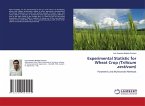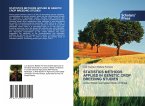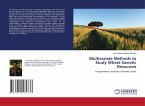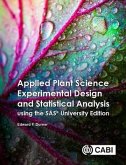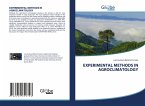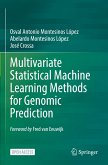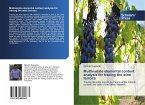Crop breeding can be characterized as the art and science of developing crops with higher productivity, added to other agronomic characteristics of interest (resistance to biotic and abiotic stresses), and which reflects a reduction in investments with agricultural inputs. A classic way for researchers to find new genes of interest is to identify potentially useful traits in a germplasm bank or to use plant pre-breeding resources, since the genes with potential use, once identified, can be incorporated into elite genotypes. In this context, the FAO (Food and Agriculture Organization of the United Nations) has been suggesting the expansion of the characterization and evaluation activities, as well as the increase in the number of nuclear collections and pre-breeding programs, in order to favor the genetic basis of cultivated species, increasing genetic gain (Singh, 2001).
Bitte wählen Sie Ihr Anliegen aus.
Rechnungen
Retourenschein anfordern
Bestellstatus
Storno


